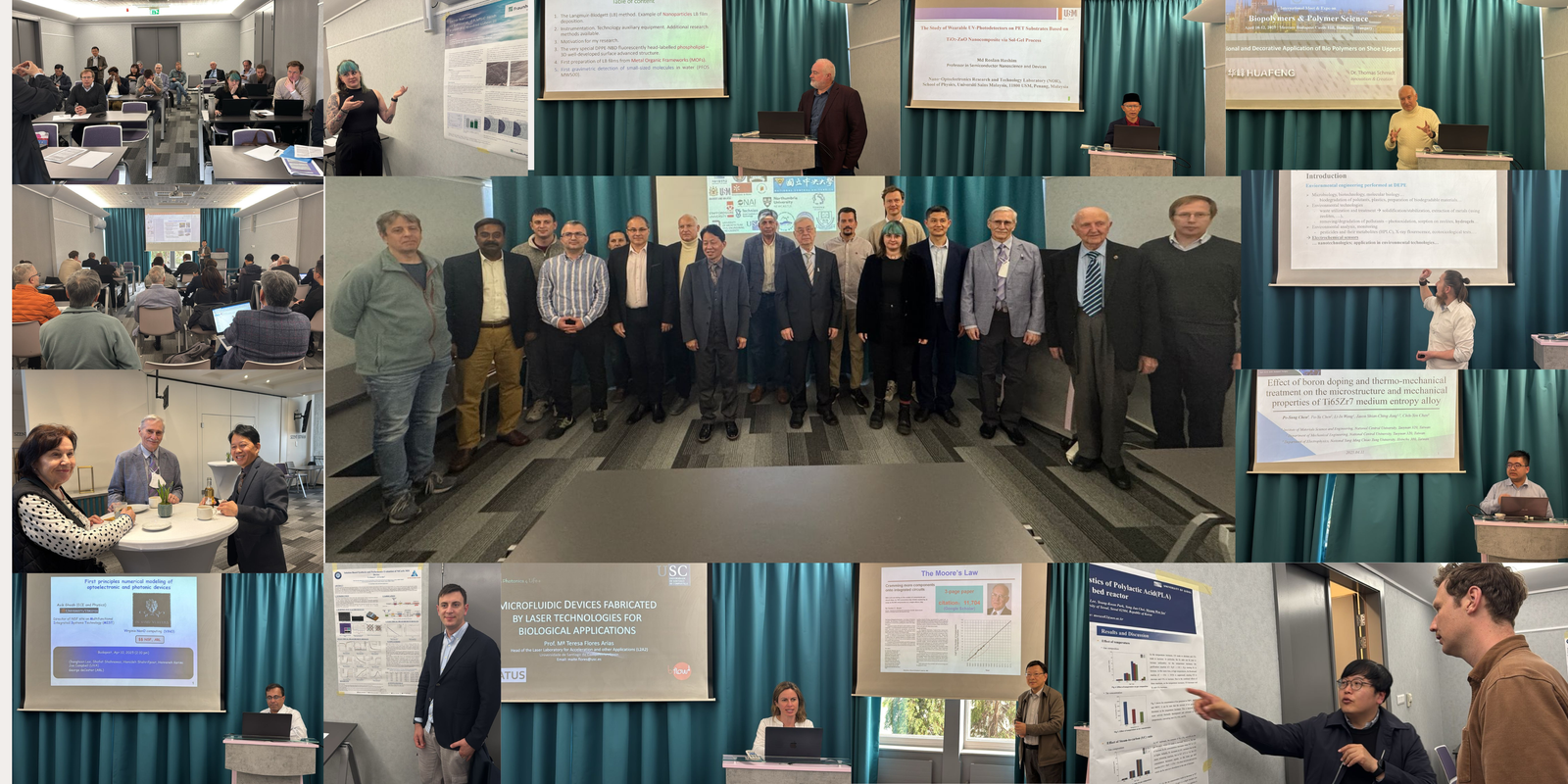

Tohoku University
Japan

Università degli Studi di Napoli Federico II
Italy
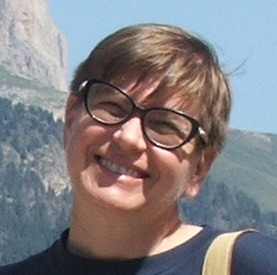
Sapienza University of Rome
Italy

Tsinghua University
China

Beihang University
China
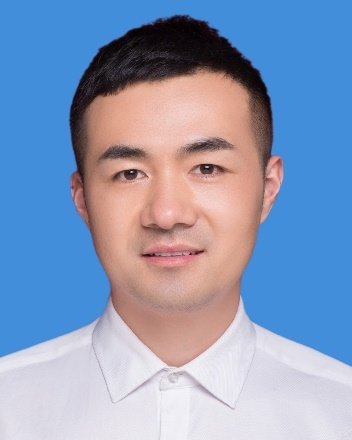
Air Force Engineering University
China

National Central University
Taiwan
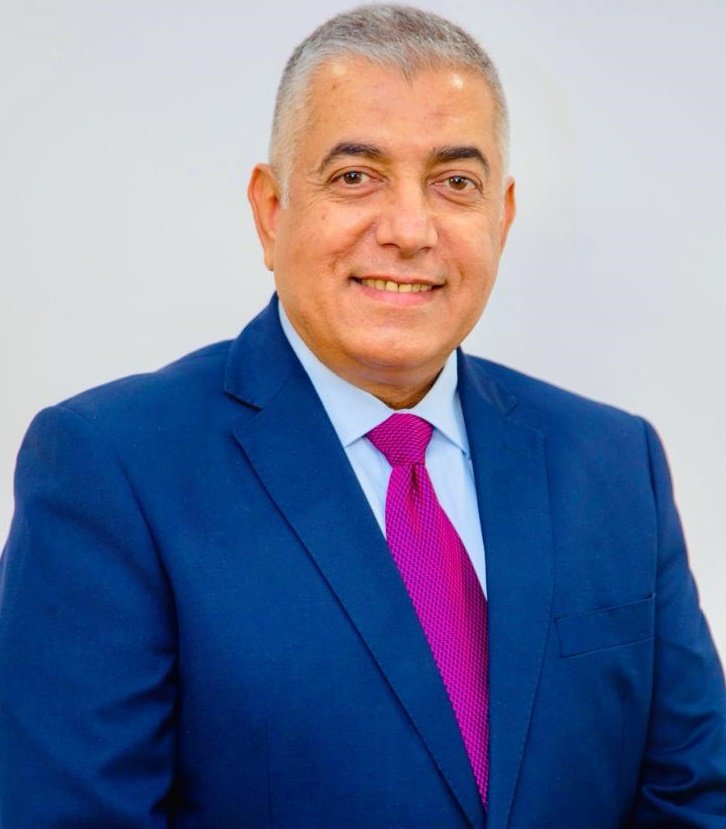
Kuwait College of Science and Technology
Kuwait

Toronto Metropolitan University
Canada
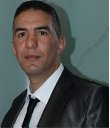
Skikda University
Algeria

University of KwaZulu-Natal
South Africa

University of Adelaide
Australia

Shigenao Maruyama is a Professor Emeritus and Specially Appointed Visiting Professor of Tohoku University, Sendai Japan. He specialises in thermal and fluid engineering. He has published more than 10 books and 300 academic research papers, and has obtained 60 patents. He has studied various aspects of fluid flow and energy exchange. Based on the principle that conventional heat transfer and thermal control focuses on improving heat transfer and temperature control of equipment, he has proposed a novel concept of heat transfer control in which heat transfer is actively increased or decreased. The proposed active thermal insulation system and heat transfer control device utilises Peltier effects. His work is interdisciplinary, utilising knowledge from various academic disciplines. He has co-authored and edited Thermodynamics (JSME Text series), one of the best-selling books on thermodynamics for mechanical engineering students in Japan. He has also published a book to educate the public about thermal science and a novel describing the accidents at the Fukushima Daiichi nuclear power plants. He received many of the awards listed above. In particular, he received the Medal of Honour with Purple Ribbon from the Japanese government in 2012.

Dear Samara, Attached, please find the requested information: Dr. Shadloo is an Associate Professor, since Sept. 2015, at the National Institute of Applied Science (INSA), Rouen and a Researcher at Coria Lab. (CNRS-UMR 6614). Dr. Shadloo is actively engaged in the fields of (i) (aero-) hydrodynamics, turbulence, transitional boundary layers as well as (ii) multiphase, multi-physics fluid flows and heat transfer for the last 10 years. His expertise is mainly in theoretical and computational fluid dynamics (CFD), but has also been active in developing validation strategies and guidelines for CFDist. He aims to develop a new generation high-order coupled algorithm for compressible/incompressible fluid flows with complex physical behaviors, in relation to industrial applications. In this framework, he uses high-performance computing (HPC), high-fidelity direct numerical simulations (DNS) and large-eddy simulations (LES), as well as advance machine learning (ML) techniques to decipher complex instabilities and flow behaviors caused mainly by multi-phase and/or turbulent flows, with heat transfer and compressibility effects.

Dr. HUANG Ning is a professor, director of doctor degree in Lanzhou University. He is the previous Deputy Director of the Key Laboratory of Mechanics on Disaster and Environment in Western China, the Ministry of Education of China. He is an Editorial Board Member of the Journal Scientific reports, Guest Editor of the journal Aeolian Research, and reviewers of about 20 journals.He is author or co-author of about 100 academicpapers.His main Research Interests include Environmental Fluid Mechanics, Multi-phase flow, and Mechanism of Aeolian Transport. His recent research interest focuses on the dynamic processes of snow driftand its sublimation, the temporal and spatial variation of snow distribution in mountainous area, and the effectfactors on the emission and transportation of airborne particles.
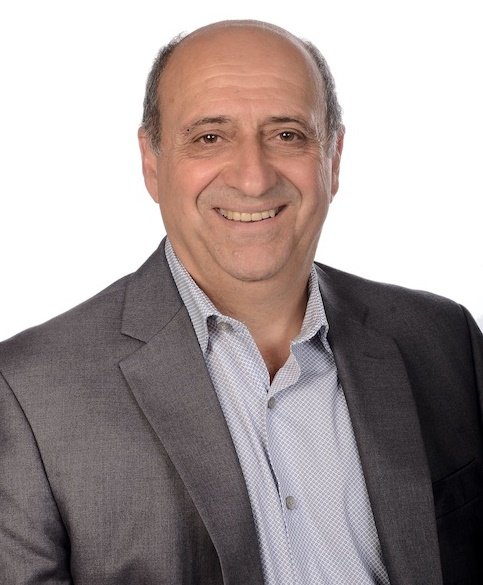
Prof M. Ziad Saghir is a Professor at Toronto Metropolitan University and Canada's most experienced reduced-gravity researcher. He is Canada's top performer at leveraging departmental and provincial research funds with national (NSERC, CSA) and international funding agencies to pursue Canadian space science objectives onboard the International Space Station (ISS). His talent as a space scientist and university educator is consistently requested by the international space physical science mission community. He leads a group of very strong graduate students and post-docs that come from academia and industry, with interest in and application to deep hydrocarbon reservoirs. His innovation is recognized internationally through consistent invitations from European researchers that identify him as applying the maximum knowledge gained from long-duration gravity-driven phenomena in fluid physics to industrial processes. He has been PI or Co-I of Foton-M2 and M3 SCCO recoverable satellite missions (2007), the ISS SODI-IVIDIL (2009) and DSC (2010) missions, the ISS SODI-DCMIX mission (2011-15), and was the national coordinator of the CSA discipline working group on the role of gravity in metals and alloys. Canada's contribution to the SODI-DCMIX mission is to clarify the role of gravity on the movement of hydrocarbons across temperature gradients-important knowledge for Canada's deep oil reservoir sector (Hybernia Oil field and Northern exploration of oil reservoir deposits). Over the past decade, Prof. Saghir has been working in collaboration with TOTAL and researchers in France to apply innovation to benefit Canada's competitiveness in hydrocarbon extraction from oil reservoirs, a top priority of the Federal Government. He has published over 270 scientific journal paper related to energy. He is currently the chair of the International conference on Thermal Engineering (www.ictea.ca).
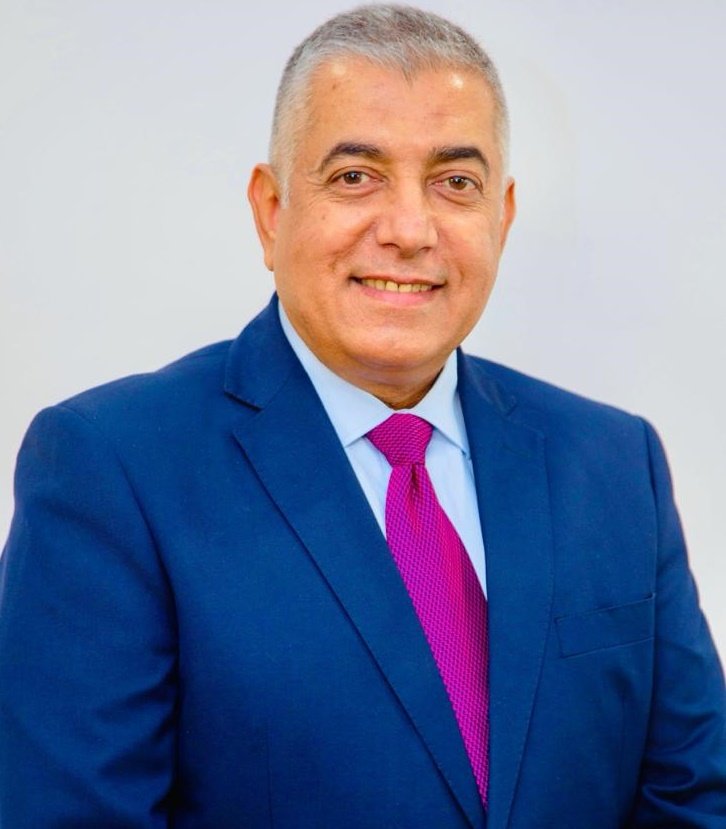
Ali J. Chamkha is a Distinguished Professor of Mechanical Engineering and Dean of Engineering at Kuwait College of Science and Technology. He earned his Ph.D. in Mechanical Engineering from Tennessee Technological University, USA, in 1989. His research interests include multiphase fluid-particle dynamics, nanofluids dynamics, fluid flow in porous media, heat and mass transfer, magnetohydrodynamics and fluid-particle separation. He is currently the Editor-in-Chief for the Journal of Nanofluids and has served as anEditor, Associate Editor or a member of the editorial board for many journals such as ASME Journal of Thermal Science and Engineering Applications, ASME Journal of Nuclear Engineering and Radiation Science, International Journal of Numerical Method for Heat and Fluid Flow, Journal of Thermal Analysis and Calorimetry, Thermal Science journal, Scientia Iranica, Special Topics & Reviews in Porous Media,Journal of Porous Media, Journal of Thermal Engineering, Recent Patents on Mechanical Engineering,Journal of Applied Fluid Mechanics, International Journal of Fluids and Thermal Sciences,Journal of Heat and Mass Transfer Research,International Journal for Microscale and Nanoscale Thermal and Fluid Transport Phenomena, International Journal of Industrial Mathematics and many others. He has authored and co-authored over 1250 publications in archival international journals and conferences.His current h-index is 145 and total citations is 65,674. Professor Chamkha was included in the World's Top 2% Scientists 2020, 2021, 2022, 2023 and 2024lists(by Stanford University) with a Global Rank #21, #20, #23, #14 and #10 out of a total of 92,645, 109,724,121,447, 133,525 and 143,311, respectively and Rank #1 at the Arab World level in Mechanical Engineering and Transports category for all these years.
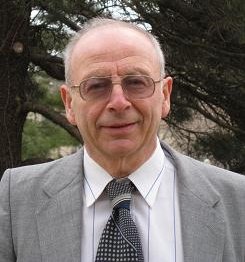
Alexander G. Ramm was born in Russia, emigrated to USA in 1979 and is a US citizen. He is Professor Emeritus of Mathematics with broad interests in analysis, scattering theory, inverse problems, theoretical physics, engineering, signal estimation, tomography, theoretical numerical analysis and applied mathematics. He is an author of 737 research papers, 25 research monographs and an editor of 3 books. He has lectured at many Universities throughout the world, gave more than 160 invited and plenary talks at various Conferences, and had supervised 11 Ph.D students. He was Fulbright Research Professor in Israel and Ukraine; distinguished visiting professor in Mexico and Egypt; Mercator Professor in Germany; Research Professor in France; invited plenary speaker at the 7-th PACOM; he won Khwarizmi international award in 2004 and received other honors. A. G. Ramm has introduced a wide class of domains with non-compact boundaries. He studied the spectral properties of the Schr¨odinger operators in this class of such domains and gave suffient conditions for the absence of eigenvalues on the continuous spectrum of these operators. A. G. Ramm developed random fields estimation theory for a wide class of random fields. A.G.Ramm was the first to prove uniqueness of the solution to inverse scattering problems with fixed-energy scattering data; the first to prove uniqueness of the solution to inverse scattering problems with non-over-determined scattering data and the first to study inverse scattering problems with under-determined scattering data. He studied inverse scattering problems for potential scattering and for scattering by obstacles. He solved many specific inverse problems and developed new methods and ideas in the area of inverse scattering problems. He introduced the notion of Property C for a pair of differential operators and applied Property C for one-dimensional and multi-dimensional inverse scattering problems. A. G. Ramm solved many-body wave scattering problem when the bodies are small particles of arbitrary shapes, assuming that a ≪ d ≪ λ, where a is the characteristic size of the particles, d is the minimal distance between neighboring particles, and λ is the wavelength in the material in which the small particles are embedded. Multiple scattering is essential under these assumptions. He used this theory to give a theory for creating materials with a desired refraction coefficient and materials with a desired wave-focusing property. These results attracted attention of the scientists working in nanotechnology. A. G. Ramm gave formulas for the scattering amplitude for scalar and electromagnetic waves by small bodies of arbitrary shapes and analytical formulas for the polarizability tensors for these bodies. A. G. Ramm developed the theory of local, pseudolocal and geometrical tomography. He has proved a variety of the results concerning singularities of the Radon transform and developed multidimensional algorithms for finding discontinuities of signals from noisy discrete data. A. G. Ramm gave a solution to the Pompeiu problem, proved the Schiffer’s conjecture and gave many results about symmetry problems for PDE, including first symmetry results in harmonic analysis. A. G. Ramm has developed the Dynamical Systems Method (DSM) for solving linear and nonlinear operator equations, especially ill-posed. These results were used numerically and demonstrated practical efficiency of the DSM. A. G. Ramm has developed a theory of integral equations with hyper-singular kernels. These results he applied to the study of the NSP (Navier-Stokes problem). As a result, he solved the millennium problem concerning the Navier-Stokes equations. A. G. Ramm formulated and proved the NSP paradox which shows the contradictory nature of the NSP and the non-existence of its solution on the interval t ∈ [0.∞) for the initial data v0(x) ̸≡ 0 and f(x, t) = 0.

Will be update soon...

Will be update soon...

Jeong-Eui Yun, Professor in the Department of Mechanical Engineering at Kangwon National University in South Korea. Professor Jeong-Eui Yun received his Ph.D. in Mechanical Engineering from KAIST in 1993 and worked as a researcher at IAE(Institute for Advanced Engineering) and the Central Research Center of Daewoo Motors Co. Ltd. for about ten years. He has been a Professor in the Department of Mechanical Engineering at Kangwon National University, South Korea since 2003.His primary research interest is fluid machinery design using computational fluid dynamics analysis.

Dr. Qiusheng LIU is Chief Professor in Technology and Engineering Center for Space Utilization,Chinese Academy of Sciencesand Senior Researcher of Institute of Mechanics,CAS. He is alos Guest Professor at University of Chinese Academyof Sciences (UCAS), School of Physics (2013-present) .He works more than 30 years in research field of Fluid Physics in Space including fluid interfacial phenomena, two-phase fluids and heat transfer, space fluid management and the relative space experimental techniques. He received his Ph.D. degree in Fluid Mechanics, Université Aix-Marseille II (Marseille, France) in 1994. He worked as a researcher in IMFM (France) and in Complutense University (Madrid, Spain) on numerical modelling and stability analysis in fluid interfacial phenomena (1995-1996). He studied theoretical and experimental investigations of Interfacial-tension-driven convection and instability of thin films and multi-layered fluid, especially in microgravity condition since 1992 and developed theoretical and numerical models of heat and mass transfer at the phase-changed interface. After his study and research in Europe and he participated as one of chief scientist and designer and performed successfully the first Chinese fluid experiment in space onboard Chinese satellite SJ5 in 1999. He is now leading scientist in the several space experiment projects and the Chinese scientific planning or program on microgravity researches. He carried out as Chief Scientist and Director Designer of Two Space Experiments: (i) Evaporation & Condensation onboard China’s Spaceship-Cargo TZ-1 (2017) and (ii) Evaporation and Fluid InterfaciaLEffects (EFILE) onboard SJ-10 Satellite (2016). He is now chief scientist of the “Two-phase System and Heat Transfer Research” Project 2013-2023 of China Space Station in China, and PD of the development of “Two-Phase System Experimental Rack (TPSR)” of CSS. He has published over 100 papers in academic journals and conference proceedings and received several awards, such as Outstanding Workers Award of China Manned Space Engineering of CAS (2004), Second Grade Award of Science and Technology Progress of Chinese Academy of Sciences (2001) and“Hundred Talents Program” of Chinese Academy of Sciences (1998) et al. He is now Co-Chair member of Microgravity Sciences and Processes Committee of IAF, and he was the president of China National Society of Microgravity Science and Application (NSMSA), standing director of theChinese Society on Space Research (CSSR) in 2006-2016.

Dr Arijit Ganguli is currently working as an Assistant Professor in School of Engineering and Applied Sciences (SEAS) at Ahmedabad University. He received his PhD degree from the Institute of Chemical Technology, Mumbai in 2009. Post PhD, he has spent some time receiving international and industrial exposure. This constituted a two-year Post Doc Experience in the Germany at the University of Paderborn and Paul Scherrer Institute in Switzerland and around 7 years industrial experience in a multinational giant (SABIC). His industrial experience comprised of simulating industrial scale fixed bed reactors using Computational Fluid Dynamics (CFD) and process modeling of Methyl Tertiary Butyl Ether (MTBE) plants for process optimization. He has two patents to his credit due to the work done during this period. His current research interests include CFD of multiphase flows, microfluidics, solar energy and design optimization of process equipment’s using CFD. Dr. Ganguli has around 40 International publications and has more than 20 Conference presentations to his credit. Over the years Dr. Ganguli’s research has focused on ways and means in harnessing renewable energy mainly nuclear and solar. He has been Editor of an ebook titled, “Role of mathematical modeling in advanced power generation reactors” with Frontiers Publishing. Apart from his research, in an era of interdisciplinary learning, Dr. Ganguli is engaged in having collaborations with interdisciplinary faculties of national and international repute. Dr. Ganguli is also passionate and actively involved in teaching several undergraduate and postgraduate courses of Chemical Engineering.
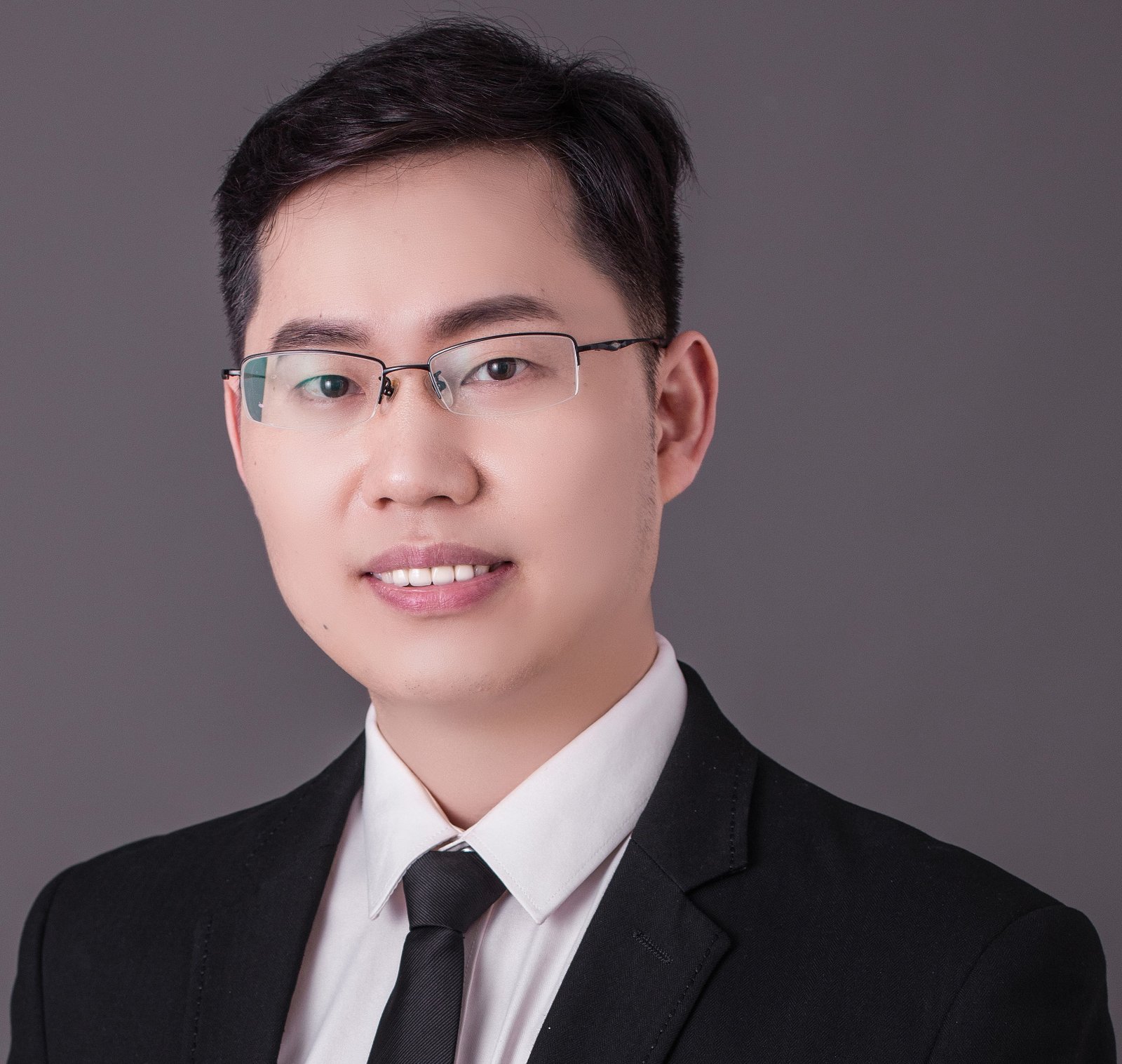
Zhiwei Huang is an Associate Professor in School of Aeronautics and Astronautics, Shanghai Jiao Tong University. From 2008 to 2018, he has obtained his Bachelor’s, Master’s, and Doctor’s degrees from Northwestern Polytechnical University. His major is in Aerospace Propulsion Theory and Engineering. From 2018 to 2022, he has worked as a Postdoctoral Research Fellow in National University of Singapore, after which he joined SJTU. His research interests include theoretical and numerical supersonic turbulent combustion, high–fidelity modelling of supersonic and detonative combustion using gaseous or sprayed fuels, and the design of scramjet combustors with continuously variable geometry. Based on the research in fluid mechanics and combustion dynamics, more than forty papers has been published on high–quality journals and conferences.

Will be update soon...

Prof. Mehdi Mehrpooya is a Full Professor at the University of Tehran and the Head of the Hydrogen and Fuel Cell Laboratory. He also leads the Renewable Energy Technology Engineering Division within the School of Energy Engineering and Sustainable Resources. His interdisciplinary research spans advanced materials for hydrogen production and storage, electrocatalysis for CO₂ conversion, solid-state energy systems, and process simulation and optimization. Prof. Mehrpooya has authored numerous high-impact publications and holds multiple international patents in the fields of energy conversion, natural gas processing, and fuel cell technologies. He is consistently ranked among the top 1% of scientists globally by Clarivate Analytics since 2018. His work is internationally funded and supported by collaborations across Europe, China, and the Middle East.

Akay Dumatoglu is a mechanical engineer in the Research and Development (R&D) department at FNSS Defense Systems. He earned his bachelor’s degree in mechanical engineering from Middle East Technical University in 2015 and has been working in his current role since 2017. His primary focus is on evaluating and enhancing the amphibious capabilities of military vehicles. He has contributed to the hydrodynamic design process of the ZAHA amphibious assault vehicle and conducted offshore mine breaching operation simulations for sea states of 2 or higher. Additionally, he performs subsystem flow analyses, including engine air intake and exhaust systems. His current research interests include reducing the thermal signature of military vehicles and optimizing muffler design to improve backpressure and noise reduction.

Will be update soon...

Will be update soon...

Dr. Nabil Bessanane is a Mechanical Engineer and Associate Professor specializing in Computational Fluid Dynamics (CFD), thermofluid dynamics, and renewable energy systems. With dual Ph.D.s from the University of Reims Champagne-Ardenne (France) and the University of Batna 2 (Algeria), his research focuses on sustainable energy innovation, including advanced cooling systems for microelectronics (MEMS) and photovoltaic panels using mini/micro-channel heat sinks. A prolific researcher, he has published in top journals and presented at international conferences. With over 20 years of expertise, he bridges academia and industry, working on gas networks, industrial safety, and ATEX compliance. Committed to sustainable development, he leads international collaborations, supervises PhDs, and drives energy-efficient solutions.

Will be update soon...

Dr. SertacCadirci is an associate professor in the Department of Mechanical Engineering at Istanbul Technical University. His research area includes fluid mechanics, heat transfer, aerodynamics, Computational Fluid Dynamics, optimization, and related topics from heat and fluid flow problems.
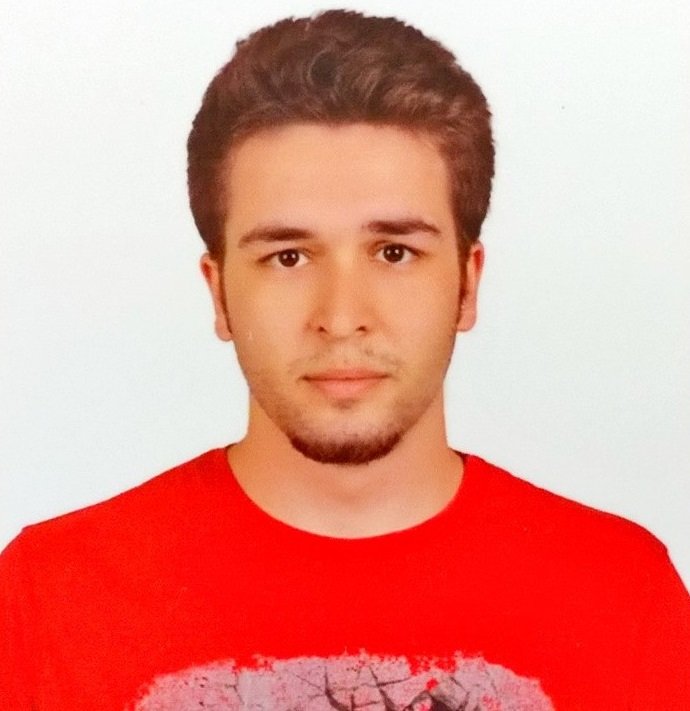
He earned his undergraduate degree in Mechanical Engineering from Istanbul Technical University, where he also completed his graduate studies in the Thermal Fluid Department. He subsequently obtained his PhD in Mechanical Engineering from the same institution. Currently, he specializes in fuel systems, fluid analysis, and design engineering within the aerospace industry.

Dr. Kyriaki-Evangelia Aslani is a Postdoctoral Researcher at the Department of CivilEngineering, University of the Peloponnese, Greece. She holds a PhD from the Department of Mechanical Engineering of the University of West Attica, Greece. Her doctoral thesis entitled “Biological flows under the influence of high magnetic fields based on micropolar theory” was awarded the grade “Excellent with distinction”. In June 2023, she received the "Most Performing Young Researcher Award" from the ModTech Association. Her research interests include micropolar-ferromagnetic fluids, magnetohydrodynamics, biological flows, and the thermodynamics of irreversible processes. She is the author (or co-author) of more than 20 papers published in reputable journals and conferences. She has more than 450 citations according to Scopus (h-index: 9).

Will be updated soon...

As the first author and corresponding author, Angyang Yu has published more than 30 scientific articles in many international journals. He had served as a teaching faculty in Liaoning University of Petroleum and Chemical Technology before he obtained his Ph.D. degree at Jilin University of China and performed his Postdoctor's research in Chinese Academy of Sciences. His research directions cover a wide range among physics, chemistry, as well as materials science. To list a few respresentitive research interests: 1. molecular spectra, 2. chemical kinetics, 3. molecular excited states, 4. molecular reaction dynamics and 5. engineering alloy design.

Zhongcheng Liang, professor. Dr. Liang is a retired professor at Nanjing University of Posts and Telecommunications. He obtained his B.Sc. degree of physics from Nanjing Normal Universityand Ph.D. degree ofphysics from University of Science and Technology of China. He once as research scholar visited Free University of Berlin and California Institute of Technology.His research areas involve optics, theoretical physics, and condensed matter physics, his interests focus on the fundamental theory and optoelectronic application of complex fluids such as ionic liquids and liquid crystals.His main achievement is the establishment of an axiomatic physical theory based on the elastic particle model and barycenter reference frames, which includes the particle flow field theory, the particle dynamics, and the particle statistics.

Will be updated soon...

Will be updated soon...

Will be updated soon...

Valerii Dryuma, Leading Researcher, Area of interest: differential geometry, nonlinear differential equations, gravitation, dynamical systems with regular and chaotic behavior. I graduated from the University of Chisinau (1967), completed postgraduate studies at the Institute of Problems in Mechanics and Moscow State University (Moscow) (1968-1973), completedan internship at the Steklov V.A. Mathematical Institute (Moscow), the Landau L.D. Institute for Theoretical Physics and JINR Dubna (Russia, 1998-2021).

Will be update soon...

Will be updated soon...

Lianrui.Nie, PhD candidate.Lianrui Nie's research atTsinghua University focuses on unsteady aerodynamicsin the transonic regime.

MingEn, Han, Full-time Master’s Student, Department of Fluid Mechanics, TsinghuaUniversity. The biographical statement should contain the author(s) full name. Additionally, it is also appropriate to discuss your personal history, educational programand/or fieldplacement, and interest within the article’s subject. The biography shouldnot exceed 120 words. MingEn Han is currently a second-year Master’s student in Fluid Mechanics at TsinghuaUniversity. He received his Bachelor ’ s degree in Petroleum Engineering fromChinaUniversity of Petroleum (East China). During his undergraduate studies, he published oneChinese patent (CN2023115977585A: Experimental device and method for nano-fluidenhanced carbonated water flooding in heavy oil reservoirs) and one research article inatop-tier SCI journal (Study of CO2 solubility enhancement by nanomaterials in carbonatedwater: Implications for enhanced oil recovery and CO2 storage). Her current research focuses on aerodynamic interference phenomena in supersonic multi-body configurations, withparticular interest in shock – expansion wave interactions and unsteady aerodynamicperformance.

Yang Junya is a Master's candidate in Fluid Mechanics at Tsinghua University. Her research focuses on computational fluid dynamics and high-speed aerodynamics. She previously earned a Bachelor’s degree in Offshore Oil and Gas Engineering from China University of Petroleum (East China), graduating at the top of her class. Her academic interests focus on computational fluid dynamics (CFD) simulations and aerodynamic design optimization.

Mohammadreza Soufivand is a PhD candidate in Energy and Environment at Sapienza University of Rome. His background spans CFD and aeroacoustics, with a focus on compressible flows, Lattice Boltzmann Methods, and jet control. His current research investigates the interaction of flow and acoustic sources by LBM. He has investigated Coanda-based thrust vector control in transonic nozzles, including environmental sensitivities (temperature/humidity) and their impact on deflection and thrust. He has contributed to studies on shock–Coanda interaction, jet noise, and thermofluid applications. His interests include model validation, uncertainty quantification, and translating numerical insights into design guidelines for TVC systems.

Lida Wang, PhD student, Department of Environment and Energy System, Graduate School of Science and Technology, Shizuoka University. The research content mainly focuses on CO2-expanded liquid, combining experiments, theoretical models and molecular simulations to explore its basic physical properties and application in green extraction and separation processes.

Yao Fu, PhD student, Department of Environment and Energy System, Graduate School of Science and Technology, Shizuoka University. The research focuses on supercritical carbon dioxide as a green solvent and its solubility behavior analyzed with empirical and thermodynamic models to support sustainable extraction and separation processes.

Kaijun Dong,Researcher. Dr.Dong obtained his PhD from Tsinghua University in 2019. His major was philosophy of science and technology. Due to China’s development and challenges, his main interests turned from STS (Science, Technology & Society) to SciSci (Science of Science). He began to cooperate with Prof.Liang in 2023,to work together to figure out the significant sense of Real Physics,especially its paradigm shifts in epistemology and ontology.

Aoi Kamiyama, MSc student, Division of Mechanics, Graduate School of Integrative Science and Engineering, Tokyo City University

In Sik Hwang is a senior researcher at the Agency for Defense Development, in Republic of Korea. He received his Ph.D. in Mechanical Engineering from Yonsei University, in Republic of Korea. His research interests include combustion and gasification, with a particular focus on their applications in propulsion systems. Recently, he has been working on solid rocket motors and ramjets exploring advanced concepts for rocket systems. Dr. Hwang combines strong academic background with practical insight to contribute to the development of high-performance propulsion systems.
Choose Your Pricing That Fits You Best
Milan,
the capital of Lombardy, is a dynamic city where history and innovation
converge. Renowned as a global hub for fashion, design, and finance, it also
leads in technology and research, making it an ideal destination for
international conferences. Iconic landmarks like the Duomo di Milano, Leonardo
da Vinci’s The Last Supper, and Sforza Castle
showcase its rich heritage. As Italy’s economic powerhouse, Milan excels in
aerospace, automotive, and advanced manufacturing. Its world-class cuisine and
vibrant cultural scene add to its appeal. Easily accessible via international
airports and high-speed rail, Milan offers an inspiring and well-connected
setting for events.